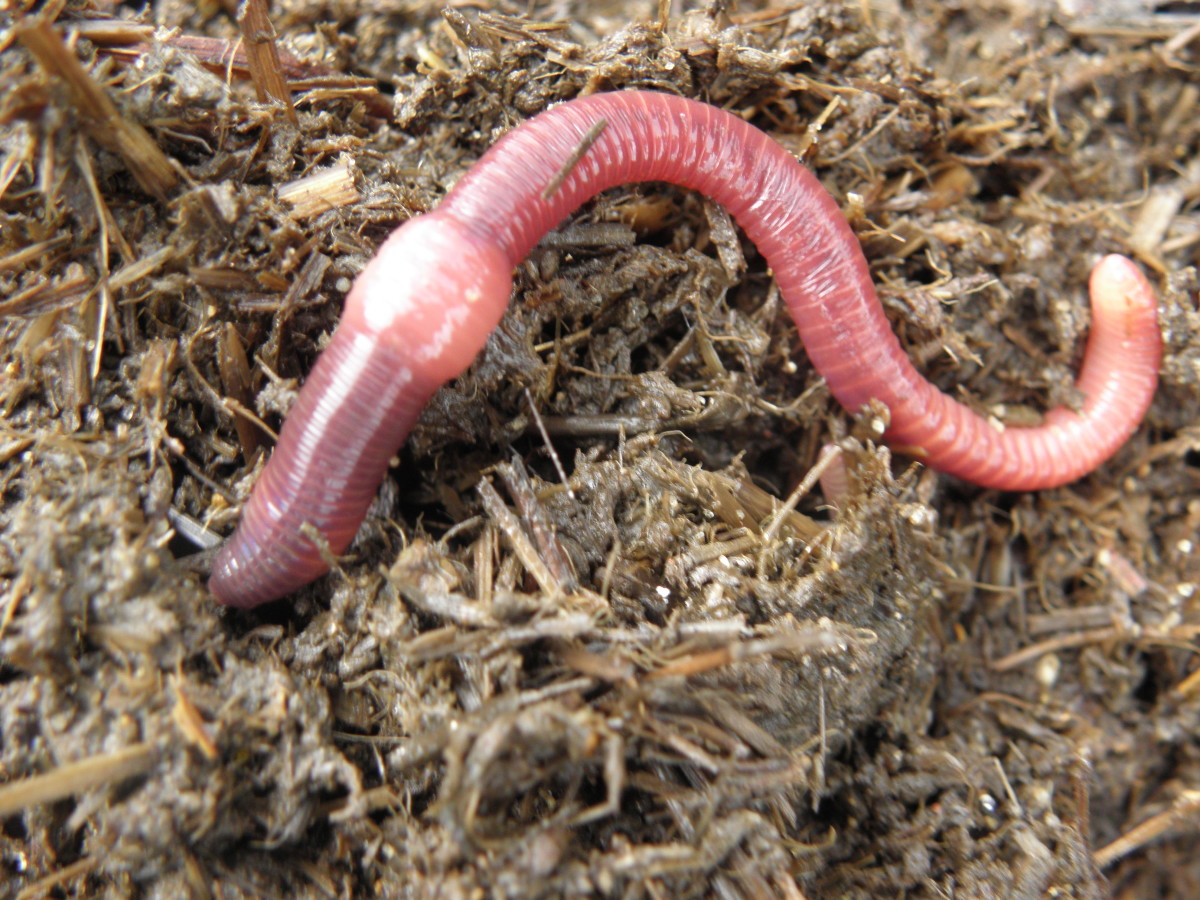Comprehending the Conveniences of Red Wiggler Composting: Exactly How This Effective Approach Changes Organic Waste Into Nutrient-Rich Soil Modifications
Red Wiggler composting, using the species Eisenia fetida, provides a compelling strategy to natural waste management, transforming kitchen scraps and lawn particles right into beneficial soil amendments. This method not only enhances soil fertility but likewise addresses pressing environmental worries, including garbage dump waste reduction and greenhouse gas discharges.
What Are Red Wigglers?
Red wigglers, clinically referred to as Eisenia fetida, are a varieties of earthworm that play a crucial function in vermicomposting systems. These worms are identified by their reddish-brown shade, segmented bodies, and a distinctive capacity to grow in organic-rich settings, making them optimal for composting applications - Red Wiggler Composting. Unlike their garden-dwelling equivalents, red wigglers like to populate the top layers of soil, where decomposing matter is plentiful
Commonly gauging between 3 to 4 inches in length, red wigglers have a high reproductive price, enabling them to increase swiftly under ideal conditions. They possess a distinct digestive system that allows them to process organic waste successfully, converting it into nutrient-rich spreadings, which are extremely useful for plant growth.
Their resistance to varying wetness levels and temperature level varies even more improves their energy in vermicomposting configurations, making them a favored selection amongst composting fanatics. In addition, red wigglers are aerobic microorganisms, which requires a well-aerated composting environment, making certain effective decomposition. Comprehending the organic attributes and actions of red wigglers is crucial for optimizing their use in sustainable waste administration methods.
Advantages of Vermicomposting
Utilizing the power of vermicomposting deals a plethora of ecological and farming benefits. It substantially minimizes natural waste in land fills, thereby minimizing methane emissions, a potent greenhouse gas. By diverting food scraps and yard waste to vermicomposting, we sustain an even more lasting waste monitoring system.
Furthermore, vermicomposting improves dirt wellness. The spreadings created by red wigglers are abundant in essential nutrients, germs, and enzymes, enhancing soil structure and fertility. This nutrient-rich amendment promotes durable plant growth and increases water retention, reducing the need for chemical fertilizers.
Moreover, vermicomposting fosters biodiversity in the soil community. The introduction of useful bacteria from worm castings aids in disease reductions and nutrient biking, creating a healthier atmosphere for plants.
Economically, vermicomposting reduces the prices connected with chemical inputs and garbage disposal. Gardeners and farmers can grow premium fruit and vegetables at lower costs, contributing to food security and sustainability.
Just How to Begin Composting
Starting a composting venture can be a uncomplicated and gratifying procedure. This will aid maintain a well balanced temperature, crucial for the composting procedure.
Gather organic products such as kitchen scraps, yard waste, and shredded paper. Go for a well balanced mix of 'environment-friendly' materials, high in content nitrogen (e.g., fruit scraps, coffee premises), and 'brownish' materials, rich in carbon (e.g., dried out fallen leaves, cardboard) A ratio of approximately 2:1 green to brown materials is suitable.
Beginning layering your products, ensuring sufficient air blood circulation by transforming the stack regularly. This promotes cardiovascular decomposition, minimizing odors and speeding up the process. Screen dampness degrees; the compost ought to feel like a moist sponge however not extremely damp.
Nutrient Profile of Vermicompost
Composting, especially with red wigglers, produces a nutrient-rich product recognized as vermicompost. In addition, it supplies micronutrients like magnesium, iron, find and calcium, fostering durable plant growth and improving dirt health.
The microbial activity existing in vermicompost better improves its profile, introducing beneficial microorganisms and fungis that promote vitamins and mineral accessibility and uptake in plants. This biological component aids in subduing plant illness and improving dirt structure, causing improved water retention and aeration.

Environmental Influence of Composting
The environmental influence of composting, especially via using red wigglers, is profound and diverse. This approach substantially reduces the volume of natural waste sent to land fills, which consequently lessens greenhouse gas discharges, particularly methane-- a powerful factor to climate modification. By drawing away organic materials from garbage dumps, red wiggler composting not only assists alleviate ecological degradation but additionally promotes sustainable waste monitoring techniques.

Furthermore, composting adds to carbon sequestration, as the procedure catches co2 from the environment and stores it in the dirt. This all-natural procedure help in combating environment change while enriching the soil - Red Wiggler Composting. Generally, red wiggler composting provides a feasible, eco-friendly solution for waste management and environmental sustainability, promoting healthier communities and a much more sustainable future
Verdict
In final thought, Red Wiggler composting functions as an effective approach for converting organic waste right into important dirt changes. The process not only improves soil fertility and framework but also alleviates ecological issues connected with garbage disposal. By making use of Eisenia fetida, this form of vermicomposting adds to improved biodiversity and sustains sustainable farming methods. Eventually, Red Wiggler composting plays a critical function in advertising healthier ecological communities and dealing with the obstacles of climate modification.
Red Wiggler composting, using the types Eisenia fetida, provides a compelling approach to organic waste administration, converting kitchen scraps and yard particles right into beneficial dirt amendments. Unlike their garden-dwelling equivalents, red wigglers favor to inhabit the top layers of dirt, where rotting issue is abundant.
The castings produced by red wigglers are rich in important nutrients, germs, and enzymes, enhancing dirt framework and fertility. The nutrient-rich byproducts of red wiggler activity boost soil framework, boost water retention, and promote biodiversity within the soil environment.In final thought, Red Wiggler composting offers as an effective approach for transforming natural waste into beneficial dirt changes.